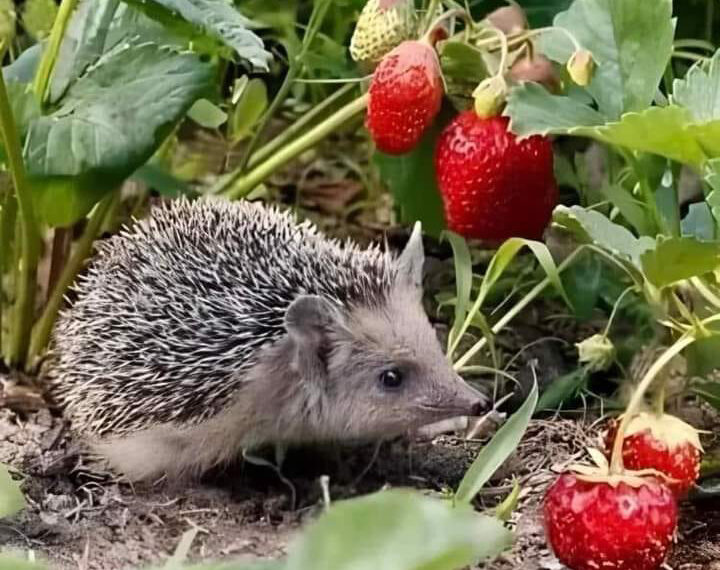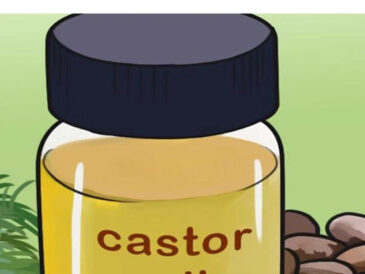Hedgehogs are delightful creatures that can be a charming addition to any garden. Not only are they cute and fascinating to watch, but they also play an important role in the ecosystem by controlling pests like slugs and insects. If you’re looking to create a welcoming environment for hedgehogs in your garden, here are some effective strategies to attract them.
1. Create a Hedgehog-Friendly Habitat
A. Shelter
Hedgehogs need safe, sheltered spaces to sleep and nest. Consider these options:
- Hedgehog Houses: Purchase or build a hedgehog house made of untreated wood, with an entrance hole (about 5 inches wide) for easy access.
- Natural Shelters: Leave piles of leaves, logs, or brush in your garden. These provide natural hiding spots and nesting materials.
B. Dense Vegetation
Hedgehogs thrive in areas with dense shrubs and vegetation. Plant a mix of native shrubs and wildflowers to create a more natural environment. This not only provides cover but also attracts insects that hedgehogs feed on.
2. Provide Food and Water
A. Food Sources
While hedgehogs are nocturnal foragers, you can supplement their diet:
- Cat or Dog Food: Offer high-quality dry or wet cat food, as it provides the necessary protein.
- Hedgehog Food: Specialized hedgehog food is available at pet stores, designed to meet their dietary needs.
- Insects and Mealworms: You can also attract insects to your garden, which will serve as a natural food source.
B. Fresh Water
Ensure there’s a shallow dish of fresh water available, especially during dry spells. Hedgehogs can easily become dehydrated, so a water source is crucial.
3. Maintain a Wildlife-Friendly Garden
A. Avoid Chemicals
Minimize or eliminate the use of pesticides and herbicides. These chemicals can harm hedgehogs and the insects they rely on for food. Instead, consider organic gardening practices.
B. Leave Some Areas Untidy
Hedgehogs prefer a more natural, untamed environment. Leave some areas of your garden uncut, allowing wildflowers and grasses to grow. This will provide shelter and food for hedgehogs and other wildlife.
4. Create Safe Passageways
A. Gaps in Fences
Ensure that your garden is accessible to hedgehogs by leaving small gaps (about 5 inches) in fences. This allows them to roam freely in search of food and mates.
B. Safe Routes
Avoid using barriers that can trap hedgehogs, such as deep ponds or fencing without gaps. Keep pathways clear and free from hazards.
5. Encourage Natural Insect Populations
continue reading in page 2




